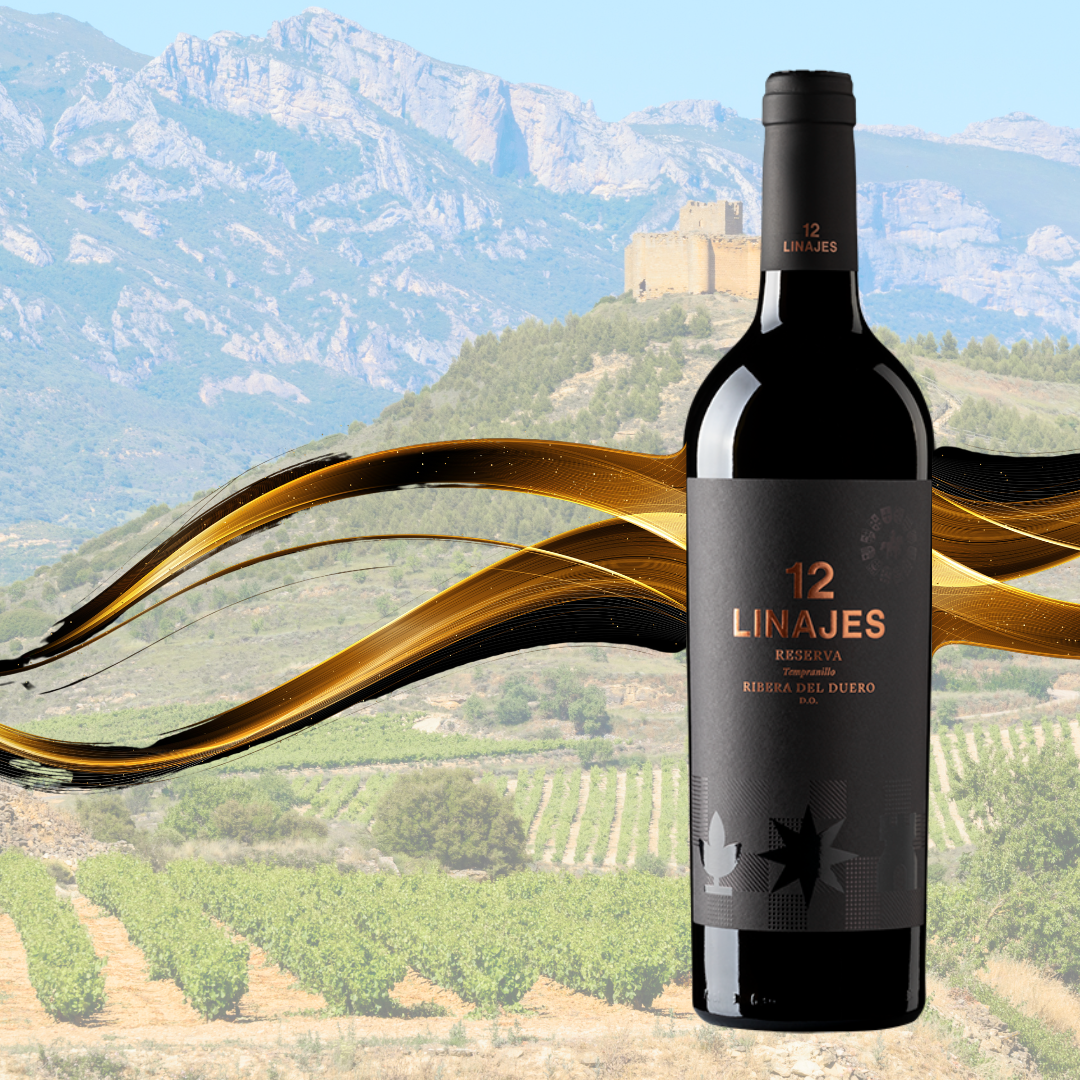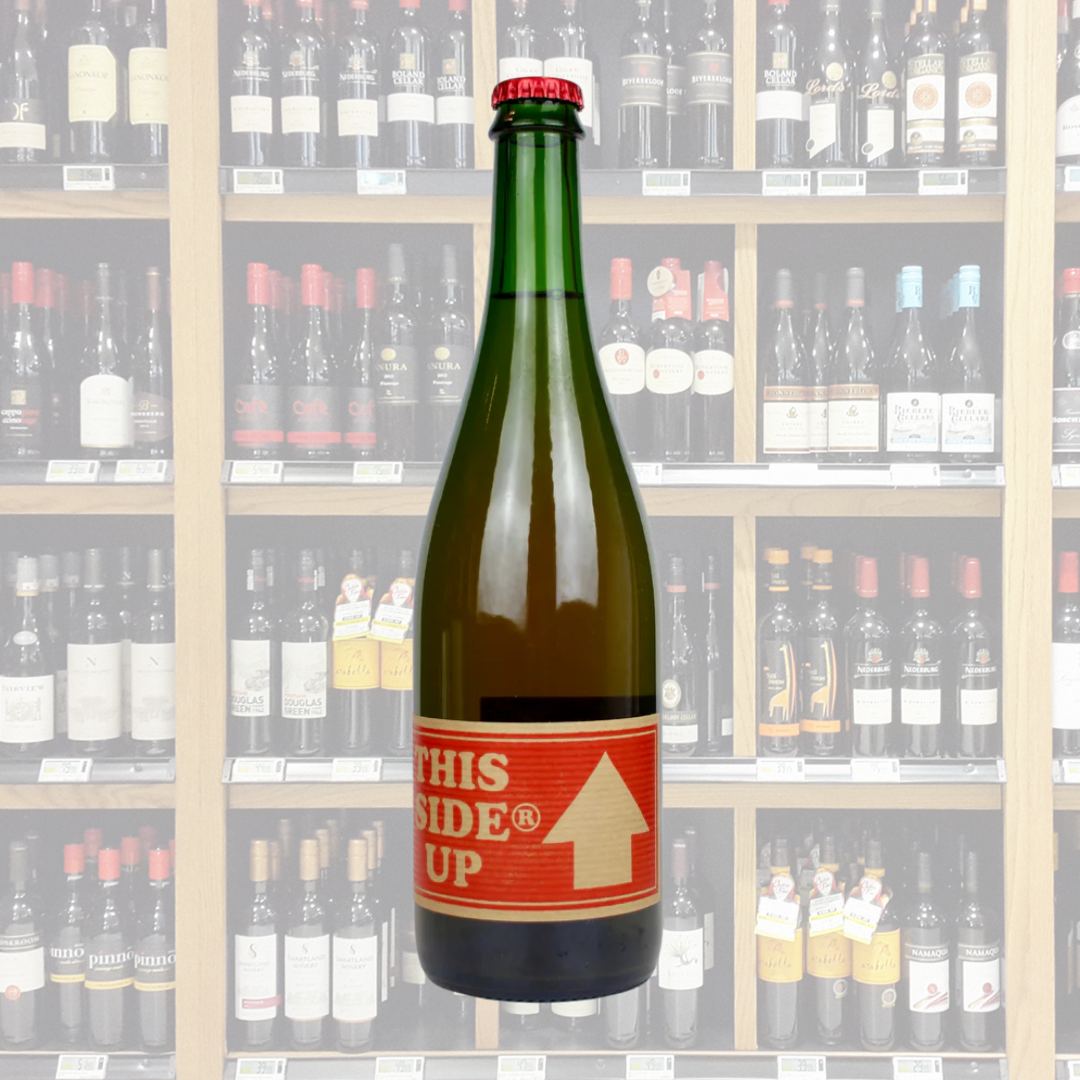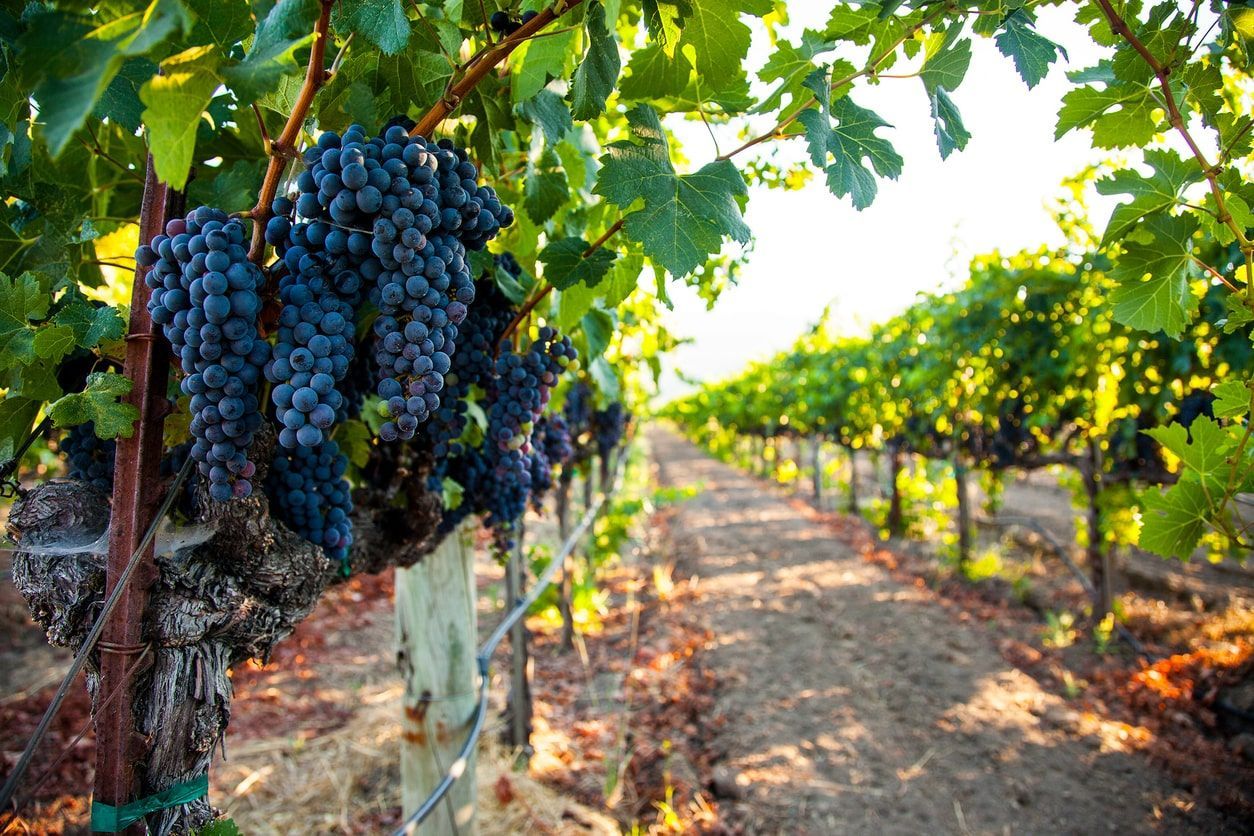Brie Cheese: Why It Smells Funky, What Makes It Unique, & Why You Should Try Two Styles at Amélie
Ah, Brie—the queen of cheeses. If you’ve ever walked past a cheese counter, you’ve likely caught a whiff of this creamy, slightly tangy delight. Whether you’re a Brie enthusiast or someone who’s just started exploring the world of cheese, it’s easy to understand why this French classic has earned its reputation as a go-to for cheese boards, picnics, and wine pairings. But have you ever wondered why some Brie smells funkier than others? Or what’s the difference between a Camembert-style Brie and other varieties?
At Amélie Wine Bar & Bistro, we’re passionate about exploring the nuances of cheeses, especially when paired with great wine. That’s why we offer two types of Brie—an aged Camembert-style Brie and a younger “picnic” style Brie that’s rich, buttery, and tastes like a savory bite of mushrooms. Before you stop by to try them both, let’s take a journey into the world of Brie and what makes it so special.
The Origin of Brie: A French Classic
Brie is named after the region in France where it originated, just outside Paris. Known for its lush pastures, this area produces some of the most famous cheeses in the world. Historically, Brie was a favorite of French royalty and has been enjoyed by cheese lovers for centuries.
Brie is part of the family of soft-ripened cheeses, which means it has a bloomy rind—an edible white mold that plays a crucial role in how the cheese ages and tastes. It’s made from cow’s milk and goes through a unique process that gives it that creamy texture and the complex, often funky aroma that some people adore and others might need to get used to!
Why Does Brie Smell Funkier Than Other Cheeses?
Let’s address the elephant—or rather, the “funk”—in the room. Why does some Brie smell stronger or “funkier” than others?
The smell of Brie comes down to aging and the rind. As Brie ages, the bacteria and molds used to make the cheese break down fats and proteins, creating new compounds that contribute to both its taste and aroma. The longer the cheese ages, the stronger the smell becomes. This is why Brie that’s closer to its expiration date or labeled as “aged” will have a more intense aroma than a fresh, younger Brie.
But don’t let the funk scare you! That smell signals that the cheese is developing deeper flavors. The bacteria responsible for the smell are entirely safe, and the scent is often a sign of good things to come in terms of taste.
The edible white mold on the outside, known as Penicillium candidum, also contributes to the smell and flavor. As the cheese ripens, the mold helps break down the cheese from the outside in, transforming it from firm and chalky to gooey and creamy. The result? A cheese that tastes as rich as it smells.
Not All Bries Are Created Equal: Camembert-Style Brie vs. Other Varieties
You might have noticed that not all Brie tastes or smells the same, and that’s because there are different styles of Brie. At Amélie, we offer a Camembert-style Brie as well as a picnic-style Brie, each with its own unique characteristics.
Camembert-Style Brie
Camembert and Brie are often grouped together because they share many similarities. In fact, Camembert was inspired by Brie but developed its own regional identity. So what exactly makes a Camembert-style Brie stand out?
The key difference is the aging process and the texture. Camembert-style Brie tends to be aged longer, resulting in a cheese that has a slightly more intense aroma and flavor profile. It’s also a bit runnier when fully ripe, with a rich, mushroomy, and earthy taste. The funkiness is more pronounced, but in the best possible way—this is a cheese that develops complexity as it matures.
At Amélie, we’ve selected an aged, Camembert-style Brie for those who appreciate a cheese with depth. This Brie is for the adventurous palate, offering a nutty, mushroom-like flavor that pairs perfectly with a glass of our Sauvignon Blanc or even a richer Chardonnay. It’s the kind of Brie that melts beautifully on a piece of warm bread or stands out on a cheese plate with a drizzle of honey.
Picnic-Style Brie
On the flip side, our picnic-style Brie is younger and slightly aged, making it creamier and more approachable for those who may not be ready for the stronger flavors of aged Brie. This style is mild, buttery, and features subtle hints of mushroom without the funk.
Picnic-style Brie is perfect for a casual gathering, where you want a cheese that everyone can enjoy. The flavor is soft and delicate, making it an ideal match for lighter wines like Pinot Grigio or a crisp Rosé. If you’re planning a picnic or a light snack with friends, this Brie offers a balance of texture and flavor that pleases just about any palate. It’s less pungent than the Camembert-style Brie but just as indulgent, with a silky texture that melts in your mouth.
How to Enjoy Brie: The Right Way to Serve and Pair
Whether you’re trying the funkier Camembert-style Brie or the milder picnic version, knowing how to serve and pair Brie can elevate the experience.
1.Let it Breathe: Just like wine, Brie benefits from being served at the right temperature. Take it out of the fridge about 30 minutes before you plan to eat it, allowing the cheese to soften and the flavors to fully develop.
2.Pair with the Right Wine: Brie loves wine (and vice versa). For the Camembert-style Brie, opt for wines that can stand up to its intensity, like an earthy Pinot Noir or a Sauvignon Blanc with good acidity. For picnic-style Brie, lighter wines like a crisp Chardonnay, Pinot Grigio, or sparkling wine work beautifully to complement the cheese’s creamy texture.
3.Serve with Accompaniments: Brie shines on its own, but it’s even better with accompaniments like fresh fruit, nuts, honey, or a simple baguette. For a heartier pairing, add a few slices of cured meat or a dollop of fruit preserves. The sweet and savory combo is a match made in heaven.
Fun Fact: Brie vs. Camembert – What’s the Real Difference?
While Brie and Camembert are often thought of as interchangeable, they actually have some key differences beyond their aging. Brie is typically made in larger wheels, while Camembert is smaller and often individually wrapped. The taste difference comes down to the aging process—Camembert tends to be aged longer, making it a bit funkier, while Brie can be sold at various stages of ripeness. Both are delicious, but if you’re a fan of one, it’s worth trying the other to appreciate their nuances.
Why You Should Try Both Styles of Brie at Amélie
If you’ve ever wanted to taste the subtle (or not-so-subtle) differences between Brie varieties, now’s your chance. At Amélie, we’re serving up two incredible versions of this classic cheese that will make you appreciate Brie in a whole new way.
- The Camembert-style Brie: Aged to perfection, with a rich, earthy flavor that melts in your mouth. This Brie is an experience, offering layers of flavor that pair beautifully with a robust glass of red or a crisp white wine.
- The Picnic-style Brie: Mild, creamy, and perfectly balanced with buttery mushroom notes. This Brie is approachable and perfect for any occasion, whether it’s a casual lunch or a refined cheese board.
Want to try them both? We invite you to come in and savor these two styles of Brie with a glass of wine from our thoughtfully curated selection. Whether you prefer the deep, earthy notes of the aged Camembert-style or the delicate, buttery richness of the picnic-style, we guarantee you’ll leave with a newfound appreciation for Brie.
The Perfect Pairing Awaits at Amélie
There’s something magical about the combination of Brie and wine, and we can’t wait to share that experience with you. Whether you’re a cheese aficionado or just dipping your toes into the world of soft-ripened cheeses, we’re here to guide you on a delicious journey.
Stop by Amélie Wine Bar & Bistro to taste both styles of Brie for yourself, and discover how each one shines in its own way. Who knows—you might just find your new favorite cheese!
Learn more about us and plan your visit here: https://ameliewine.bar/faqs





